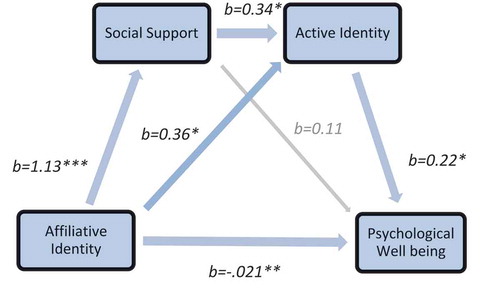Figures & data
Table 1. The relevance of groups and social identities to trauma.
Table 2. Summary of studies linking trauma trajectories to social identity change.


